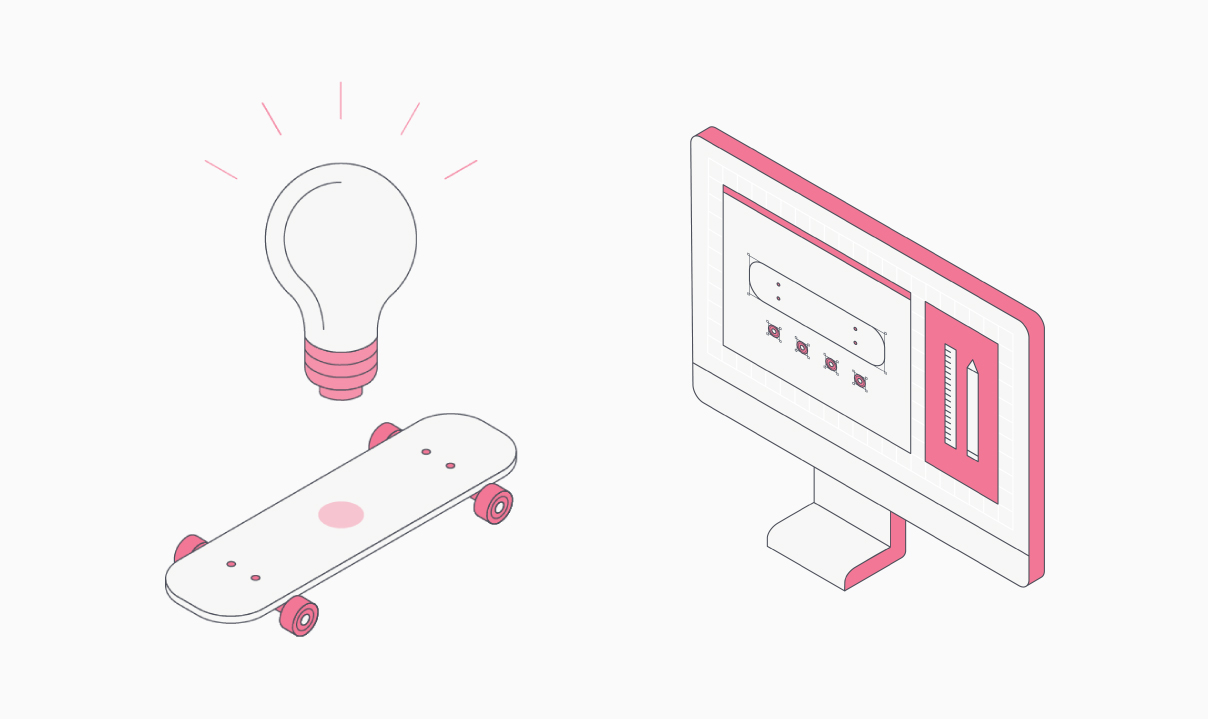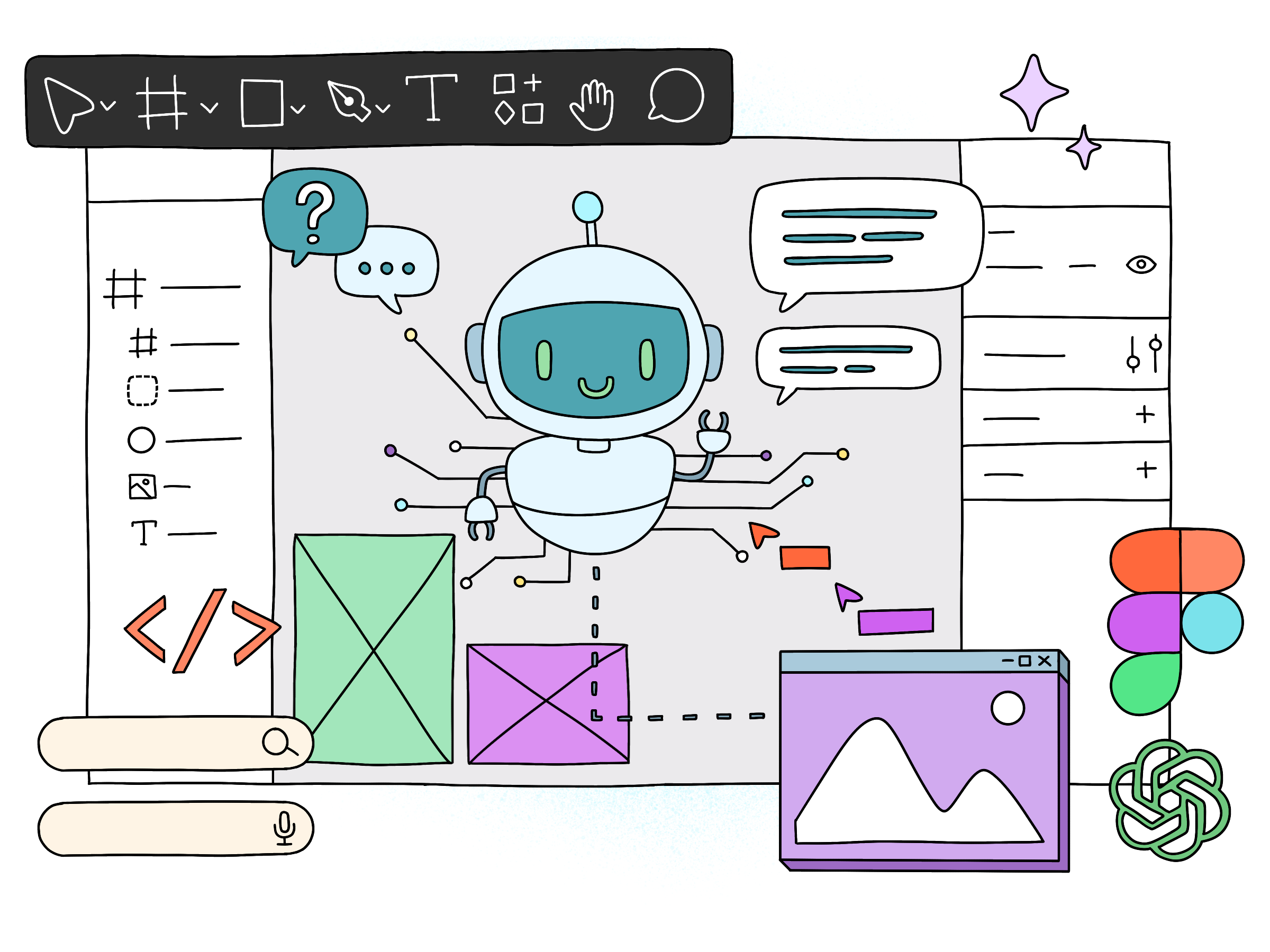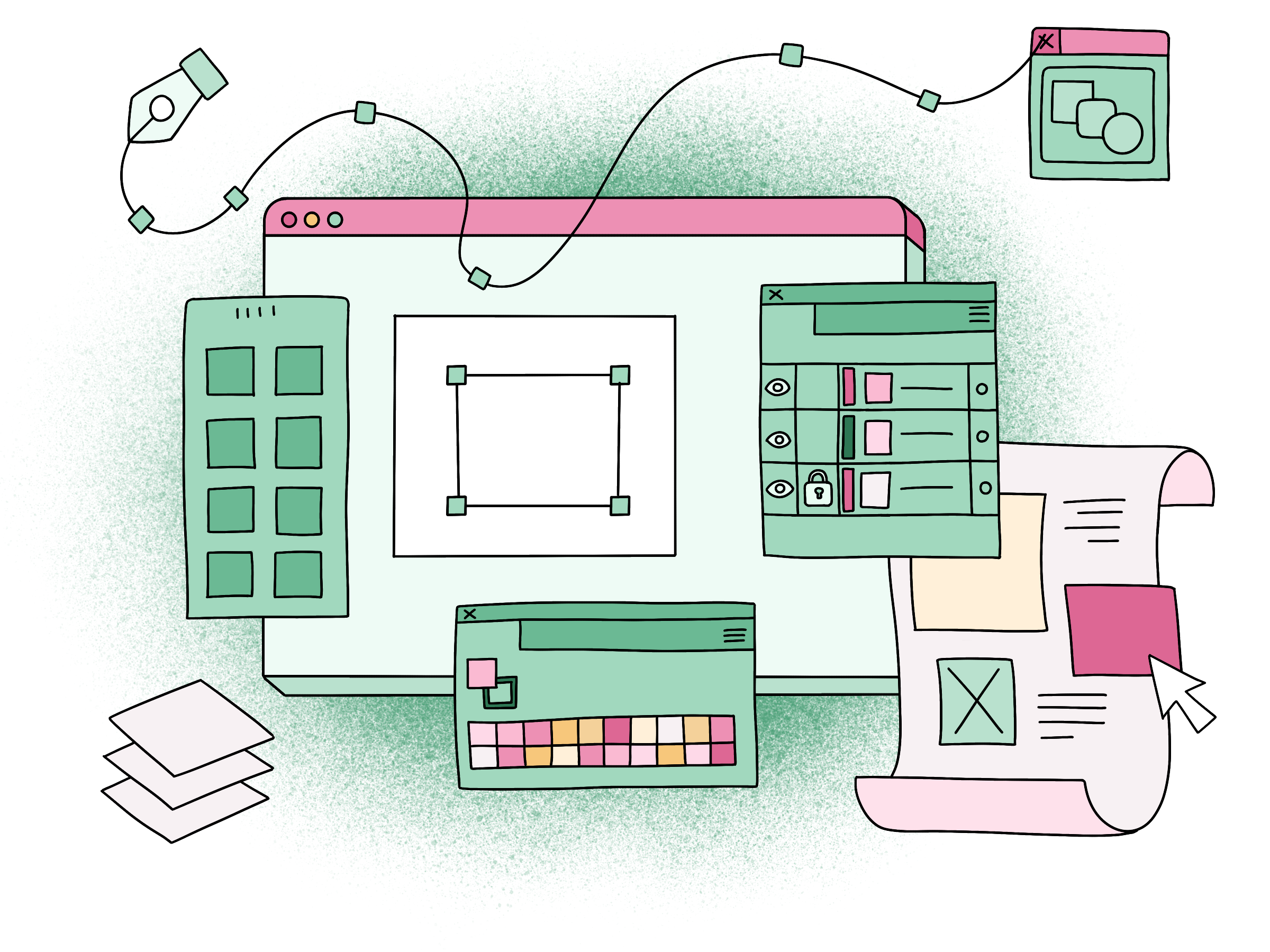
Types of Designers Explained
You've probably heard of 'graphic designers,' 'product designers,' or even' fashion designers.' But why not just call all of them 'designers'? In this blog, we take a quick look at the different design roles and why they are crucial in their respective industries.
Understanding the Design World
As technology and innovation continue to evolve, so does the design world. This constant change can make it difficult to identify every relevant design area. Still, it does not take away from the fact that new products and services come forward every day that require the assistance of designers.
The word 'design' is a pretty broad term that applies to a wide range of industries. From magazine editorials to car development, the sheer number of ways that design can be used has created an equally large number of design jobs. Every designer's role is usually defined by what they create. However, every design job shares one common goal: to service people by developing innovative products that improve their quality of life.
Since there are a large number of different types of designer, I will share some insight into some of the most design roles within the following fields:
- Product Design
- Graphic Design
- Branding
- Interaction Design
- Motion Graphics Design
- Industrial Design

Product Design
Product design is the process of making shippable, physical, or digital products. Product design is about problem-solving and creating usable products and experiences, all while visualizing the user's needs and developing a possible solution - here, details truly matter.
Product designers go through an analytical process and rely on a problem-solving approach to improve the end-user quality of life. They create meaningful products and experiences capable of solving problems.
Product design applies in many different fields, and the designer usually works with other professionals when developing a product. While a product designer is not necessarily in charge of a product's mechanical and technological aspects, they put their efforts into the user experience. They are constantly analyzing, designing, testing, launching, monitoring, and improving.
The product design and engineering of the single-speed bike Speed ONE is a solid example of product design.
Graphic Design
Graphic Design is a form of communication that utilizes visual elements to convey ideas. It has become an umbrella term covering various types of design work, from logos to brochures to packaging, and so much more.
A graphic designer uses typographies, colors, shapes, and images to bring a concept, idea, or message to life. They use visually appealing elements to create attractive designs that apply in multiples areas, like marketing, advertising, and production. A well-designed graphic material can catch the audience's attention and entice them to buy or use a particular product/service.
Thus, a graphic designer is one of the most in-demand professionals out there in the market, particularly for their ability to talk to the client through a visually appealing medium that combines technical and artistic skills.
Interaction Design
In interaction design, designers create a wide range of web interfaces. This includes anything from blog templates and simple landing pages to fully functional responsive websites and mobile applications.
Because of their field, interactive designers also need to understand the technology used to build the web interfaces and online experiences they designed. As a result, some designers have a basic knowledge of front-end web development and might even learn programming languages such as JavaScript.
Because of the web's complexity, an interactive designer may specialize in a variety of high-demand fields. Below are two relatively recent examples:
User Experience (UX): A UX designer is responsible for creating user experiences by designing every interaction between the user and the digital product. With User Testing, the designer analyses and evaluates the customer's experience when using a particular site or app, ensuring the experience caters to all of the client's needs. While analyzing a specific experience, the UX designer also focuses on these seven factors: usability, usefulness, value, credibility, desirability, findability, and accessibility.
User Interface (UI): A UI designer focuses on how users navigate a site or an app by creating visual elements such as buttons and menus. Essentially, the designer creates an interface using certain features and functions on a web product for the user to interact with. A UI designer not only designs the graphics but also defines how users interact with those graphics.
Motion Graphics Design
In this field, a motion graphics designer is responsible for bringing movement to otherwise static graphic elements, such as images or text. The world of motion graphics involves various work, whether animated presentations, product demos, or movie title sequences.
Kindly note, however, that motion graphics are not the same as animation. The two are quite different in terms of what each one wants to tell. While animation is the visual representation of a story, motion graphics give life to something usually static. For example, the filmmakers at Splæsh are using motion graphics to tell stories with impact.
Industrial Design
In this field, the role of an industrial designer is to develop every and any kind of physical product one can imagine. They typically specialize in one type of product design, with their work going towards multiple manufacturing industries (i.e., city bikes, automotives, lounge chairs, or houseware). While considering its function and form, an industrial designer uses prototypes, tests, and iterates any product from idea to life.
The industrial design process that was used as part of the single-speed bike Speed ONE construction is to ensure the manufacturability of the initial concept.
Conclusion
As the world becomes ever more reliant on technological platforms, the need for designers will only continue to grow. As an integral part of any company, and because they are often producing work that can make or break a product, it is vital that you build your design team up with passionate, talented, and curious people. People who aren’t afraid to be different, think different, and ultimately challenge the status quo.
Happy designing!




